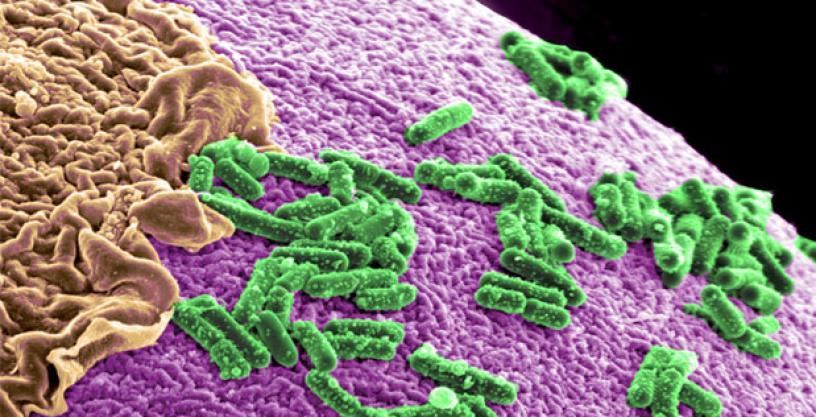
New program aims to safely make engineered biological systems more robust and stable to enable new groundbreaking capabilities for national security
Jul 29, 2014
The development of increasingly sophisticated techniques and tools to sequence, synthesize and manipulate genetic material has led to the rapidly maturing discipline of synthetic biology. To date, work in synthetic biology has focused primarily on manipulating individual species of domesticated organisms to perform specific tasks, such as producing medicines or fuels. These species tend to be both relatively fragile (requiring precise environmental conditions to survive) and relatively unstable (subject to losing their engineered advantages through genetic attrition or recombination). The costs of maintaining required environmental controls and detecting and compensating for genetic alterations are substantial and severely limit the widespread application of synthetic biology to U.S. national security missions.
To help address these challenges, DARPA has created the Biological Robustness in Complex Settings (BRICS) program. BRICS seeks to develop the fundamental understanding and component technologies needed to increase the biological robustness and stability of engineered organisms while maintaining or enhancing the safe application of those organisms in complex biological environments. The goal is to create the technical foundation for future engineered biological systems to achieve greater biomedical, industrial and strategic potential.
“By making these systems more robust, stable and safe, BRICS seeks to harness the full range of capabilities at the intersection of engineering and biology,” said Justin Gallivan, DARPA program manager. “These capabilities could include efficient on-demand bio-production of novel drugs, fuels, sensors and coatings; or engineered microbes able to optimize human health by treating or preventing disease.”
To familiarize potential participants with the technical objectives of BRICS, DARPA has scheduled a Proposers' Day on Thursday, August 21, 2014, at the Capital Conference Center in Arlington, VA. Advance registration is required and closes on August 18, 2014, at 12:00 PM Eastern Time. Participants must register through the registration website: http://safe.sysplan.com/confsys/brics.
The Special Notice for BRICS is available at http://go.usa.gov/5efd. The Broad Agency Announcement (BAA) for BRICS is expected to be released on www.fbo.gov prior to the Proposers’ Day. For more information, please email DARPA-SN-14-45@darpa.mil.
BRICS targets advancement in three key technical thrust areas:
- Robustness—Optimize the functional robustness of engineered organisms in varying environmental conditions
- Stability—Preserve the genetic integrity of engineered systems
- Safety—Develop methods to control the growth and proliferation of engineered organisms in complex settings
A key goal of the program is to understand the dynamics that influence these three traits in complex biological environments. Once the components and interactions comprising those dynamics are adequately understood, DARPA intends to support an integration team that would use the developed methods and tools to build a contained multi-species system that embodies all the attributes required to operate in a complex setting at scale.
While the technologies that BRICS aims to help develop could find eventual application in non-laboratory settings—including, for example, the human gastrointestinal tract or complex mechanical or chemical environments where biologically based sensors or films might be useful—all work performed in this program will occur in controlled laboratory settings. Proposals that include efforts to manipulate or study genetically modified organisms in open ecosystems or in any context not completely insulated from the natural environment will not be considered. Proposers must ensure and demonstrate throughout the program that all methods and demonstrations of capability comply with all applicable federal, state, and local regulations for manipulation of genes and organisms and follow all guidance for biological safety and biosecurity.
# # #
Associated images posted on www.darpa.mil and video posted at www.youtube.com/darpatv may be reused according to the terms of the DARPA User Agreement, available here: http://www.darpa.mil/policy/usage-policy.
Tweet @darpa
